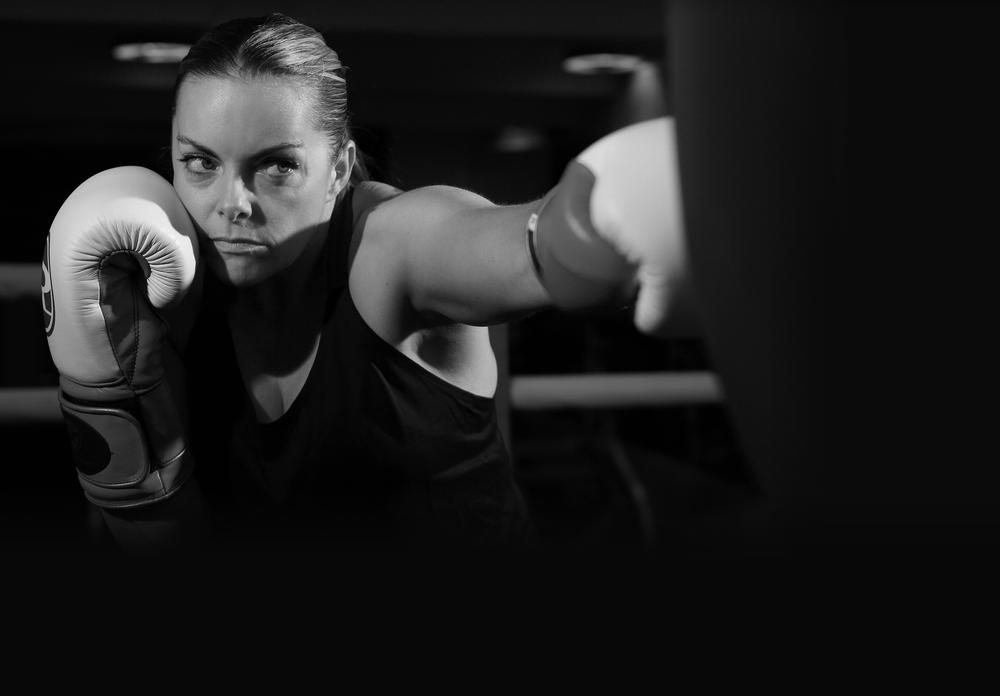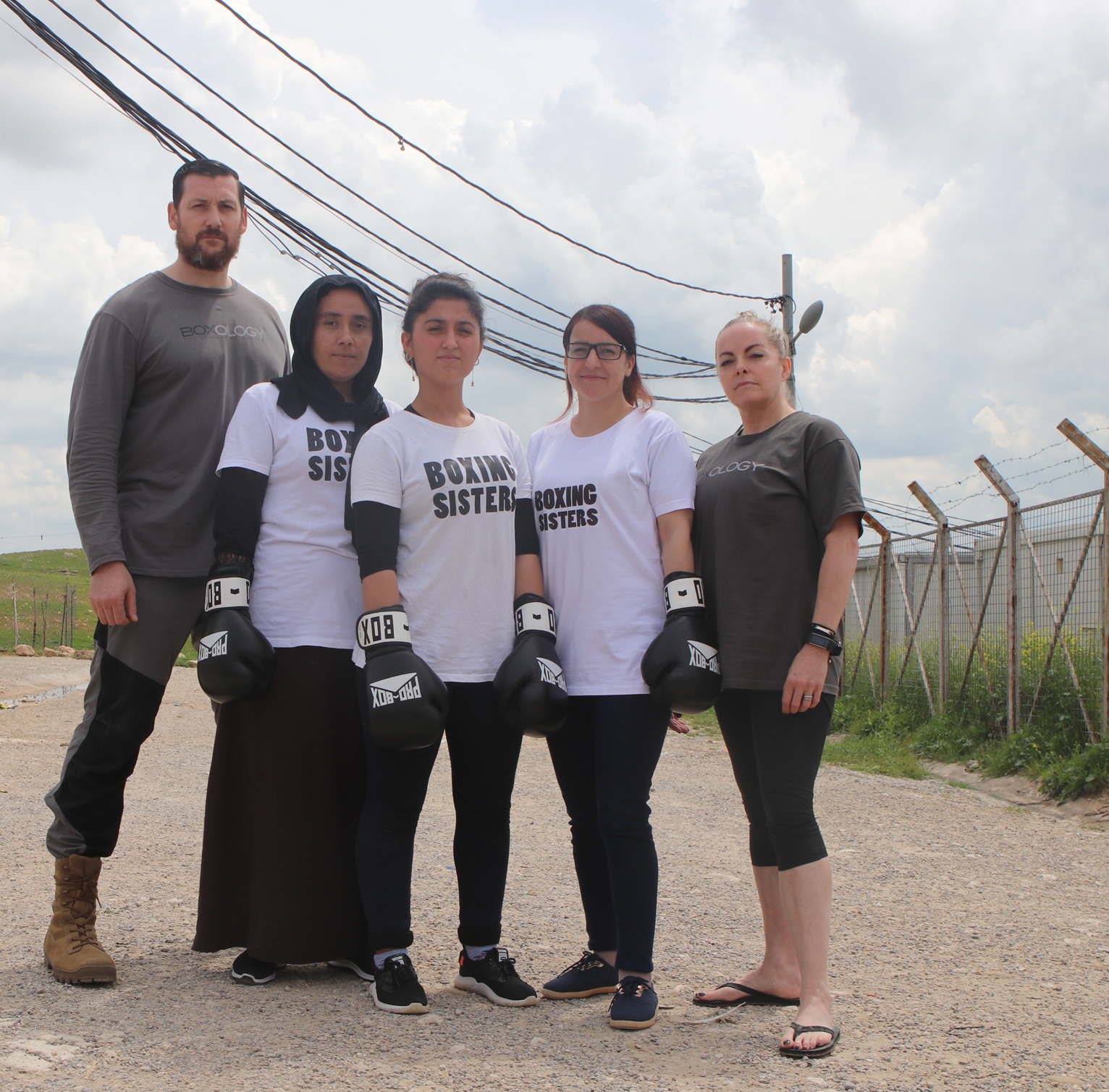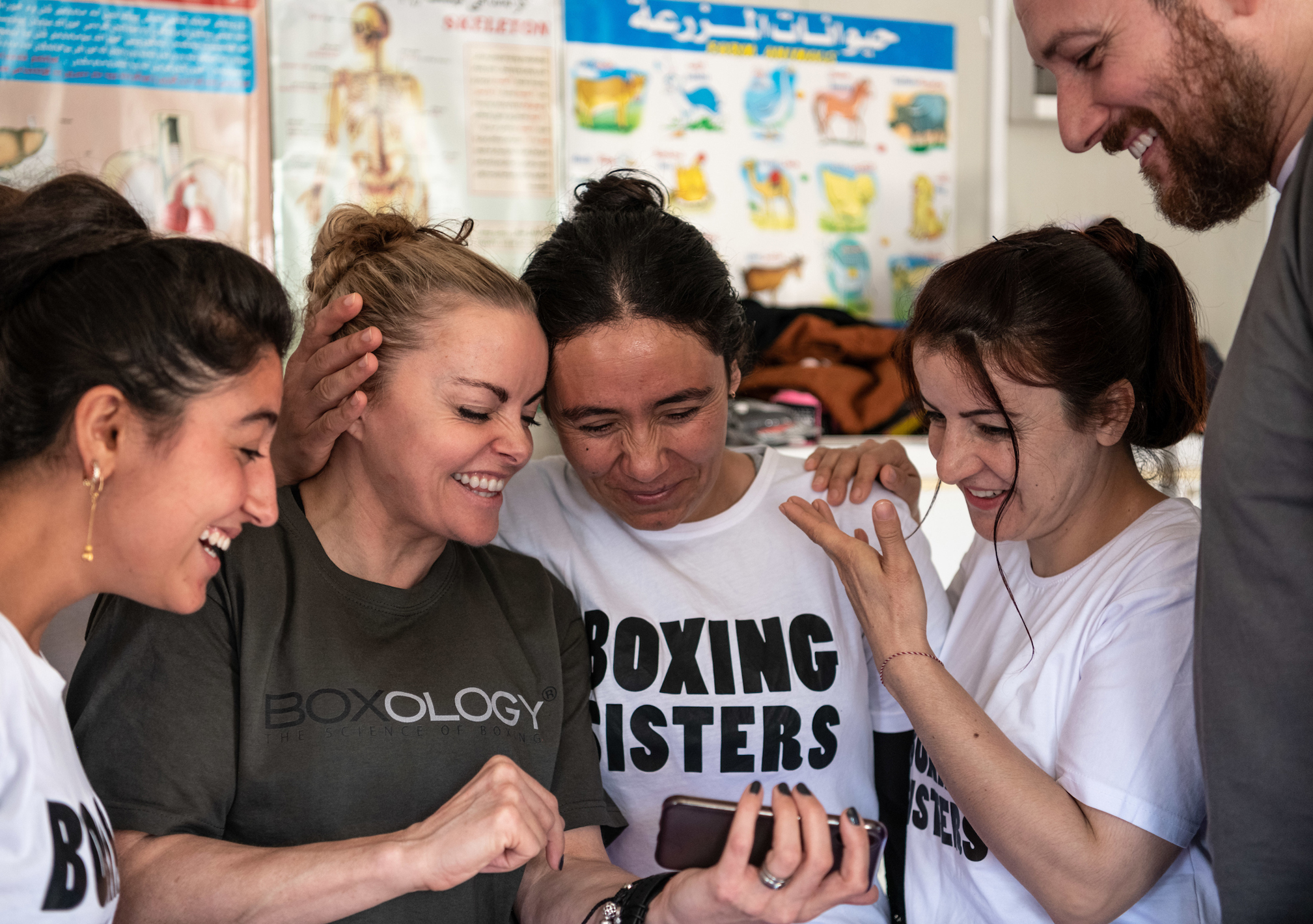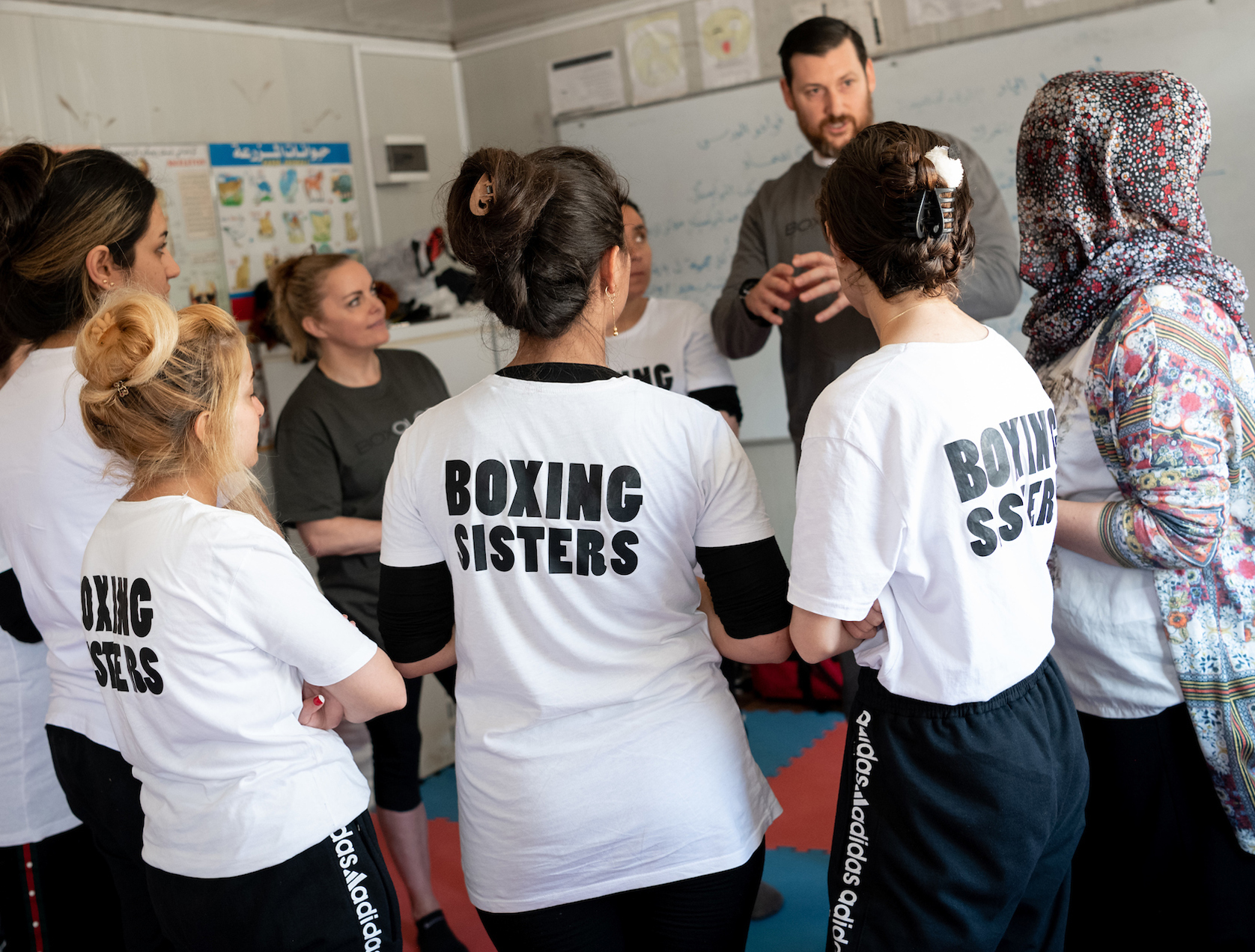What were the highlights of your boxing career?
I had so many highlights – from becoming the second woman in the UK to receive a boxing licence, to fighting for world titles in three different weight categories and being ranked number three in the world.
Becoming European champion and the first UK woman to win an English title was very special, while fighting for a world title in Germany in front of thousands was one of my most powerful fights and challenges.
What lessons did you take from boxing into your career as a PT and sports coach?
The obstacles during my professional career were huge and came in many forms; my family not supporting me, boxing promoters refusing to work with me, not being allowed to train in certain gyms, not getting sponsorship, so having to work full-time.
This was simply because I was a woman and a lot of people did not agree with women being allowed to box professionally.
These obstacles helped me develop the resilience to never give up and truly experience that if you want something strongly enough and work for it hard enough, and find a drive for your determination, you’ll get results.
I use my experience to help clients develop mental resilience and inner strength. I’m also able to understand the struggles that life can bring and how boxing can help you to feel better, stronger and more able to cope with struggles. This helps me give individuals the motivation to train.
I can also identify that every day you’re not going to be able to give optimum performance and can adapt training for individuals depending on their mindset. This is what makes an excellent coach.
Why is boxing so beneficial as an exercise?
It’s a magical form of stress and anger release and a powerful way to help with anxiety and depression.
It also increases confidence, as well as being an amazing form of cv and strength training. It gives PTs the ‘tools’ to mix training up with their clients, among their weight and sports programming, so it keeps clients motivated.
Boxing training can also be transferred onto other sports, as it helps mindset, agility, power, recovery, fitness and strength. If you can integrate boxing within your programming, it will enhance performance and results and make sessions more varied and enjoyable.
Why is proper technique so important?
Bad technique will cause injuries, not only to your clients, but also to you as a coach. It’s vital that you’re able to hold the pads correctly and teach clients to punch correctly.
Teaching correct technique will also make you better as a coach and enable you to attract more business. The best way to do this is to understand the fundamentals of boxing, as once you comprehend the art fully, you’ll be a better coach.
Tell us about your Boxology training course
Boxing is becoming more and more popular as a form of training because of its positive results and for that reason a lot of PTs and sports coaches are integrating boxing into the workouts they do with their clients.
The training you can do on most PT courses is very short and generally not focused on good technique, as it’s impossible to teach someone how to teach boxing in just a few hours.
Consequently, I was seeing a lot of bad pad work in gyms, along with poor teaching. This broke my heart but spurred me on to partner with Greg Williams and develop a dedicated course for boxing technique.
It teaches how to hold pads correctly and also trains in strength and conditioning for boxers.
We wanted the course to be the best in the industry in terms of quality and professionalism and approached Active IQ to seek the endorsement of a reputable education provider and to secure CPD points for our course, which CIMSPA provides.
We also created an app with 250 technical videos to complement each course, which you get free access to when you attend the courses.
We wanted to create a reference source to use after the course, as most people only retain a small percentage of information in training: the book and app cover everything learned.
Courses are aimed at sports coaches, martial artists and personal trainers who want to teach good boxing technique within their sessions. We also have boxing enthusiasts who just want to learn in more depth about the science of boxing.
As Greg and I both work at Third Space in London we teach all our courses there.
How does the content in Boxology differ from how boxing is typically used by PTs and instructors?
We cover every movement microscopically and break it down so attendees understand why they’re teaching a technique. We want each person to understand what techniques to use and why. The detail and professionalism has been fully assessed and recognised by Active IQ – which awarded us its Professional Recognition status, and CIMSPA which also endorses Boxology.
We have a maximum of 10 people on the course so each will be given a large amount of one-to-one attention and help. We found a lot of courses out there cram students in and due to the nature of boxing, it’s harder to teach to large groups.
How is the course structured?
There are two ‘Rounds’ to the course. Round 1 is a comprehensive guide to boxing and by the end, an individual will be able to teach basic boxing skills and correct technique and deliver a basic boxing session to a client safely and effectively.
Round 2 is a more advanced guide to boxing for anyone who wants to teach higher level pad work.
We’re working on Round 3, which will cover how to get someone ready to fight.
How important is psychology?
I studied sports psychology and cognitive behaviour therapy after I retired from boxing, as I realised how important it is, not just for fighting but for training and for life.
As coaches we’re dealing with individuals who may have immense stress from work and life so it’s vital to understand elements of psychology.
Each person is unique and should be coached differently. I get to know my clients very well and ask them questions about themselves: this forms a bond.
I also watch their body language and how they walk into a session and I speak to them so I can evaluate what kind of session to give them; if they’re stressed, I won’t give them such a technical, heavy session, for example.
My retention of clients is excellent as I build a relationship with them. This helps me know what days I can really push them; you shouldn’t train them hard every time.
How can boxing help people who are dealing with trauma?
There is something magical about boxing, it gives individuals inner resilience and the ability to build a coping mechanism. Boxing releases so many negative feelings and has a natural ability to be able to open people up about their emotions.
Once you talk about things, you can start building up coping mechanisms. Talking about feelings and emotions is powerful to healing, while suppression is toxic.
The serotonin release you get from boxing serves as a natural anti-depressant and anxiety controller. So it can be a really powerful way to help deal with trauma.

























































